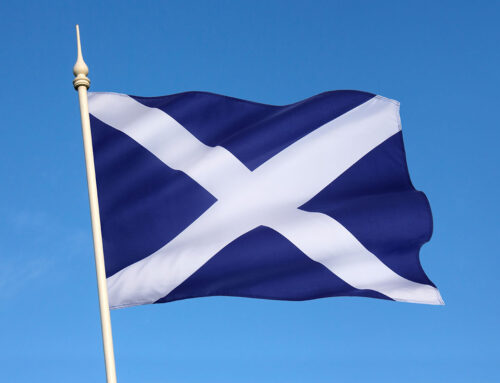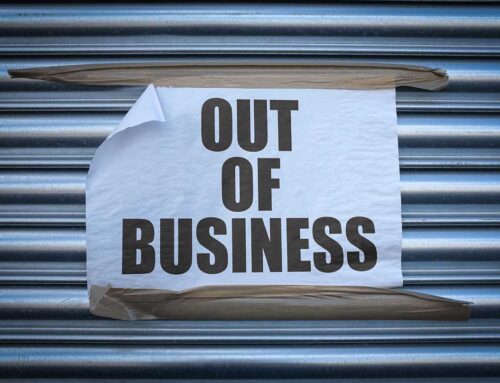A fundamental understanding of the legal landscape is vital for those doing business in Scotland, particularly when it comes to the issue of Insolvency. One area that can be particularly complex, and yet has profound implications, involves the concepts of ‘fixed’ and ‘floating’ charges. A clear grasp of these terms and their implications is crucial for anyone navigating the commercial and financial landscape in Scotland.
What are Fixed Charges?
Fixed charges, as the name suggests, are securities fixed on specific assets. These can be tangible assets such as land, property, and machinery, or intangible assets such as trademarks, patents, and copyrights.
When a fixed charge is placed on an asset, the company in question retains possession and use of it but is restricted in terms of disposal or dealing with that asset without the lender’s consent. The company may still utilise the asset for its normal business operations, but it does not have the freedom to sell or transfer the asset without express permission from the secured creditor.
The advantage of a fixed charge to a lender is that in the event of insolvency, they have the right to take control of the asset, sell it and use the proceeds to repay the outstanding debt. A fixed charge gives the creditor a strong level of security, as it creates a legally enforceable right over specific assets if a debtor company becomes insolvent.
What are Floating Charges?
On the other hand, a floating charge is a form of security that does not attach to any specific asset but ‘floats’ over a class of assets, which in the ordinary course of business, change from time to time (like stock, receivables, etc.). This arrangement allows the company the freedom to trade and deal with the assets freely, selling and replacing assets as part of its normal business operations.
However, upon certain trigger events, such as insolvency or failure to repay the debt, the floating charge can ‘crystallise’ and convert into a fixed charge over the assets it covers at that time. This process gives the creditor the right to sell those assets to recover the sum owed.
Role in Insolvency
In an insolvency situation in Scotland, the implications of fixed and floating charges are very distinct. Creditors with fixed charges are paid out of the proceeds of the sale of the specific assets over which they have a charge, before unsecured creditors and those with floating charges. In other words, fixed charges have a higher ranking in insolvency scenarios.
The floating charge holder, on the other hand, stands after fixed charge holders and certain preferential creditors (such as employees) but is paid before unsecured creditors. It is worth noting that under the Insolvency Act 1986, part of the assets subject to a floating charge (known as the ‘prescribed part’) may have to be made available to satisfy unsecured creditors.
The distinctive nature of fixed and floating charges and their different treatment in insolvency situations highlight the strategic importance of these instruments in corporate lending. Therefore, it is critical for companies, creditors, and legal practitioners in Scotland to fully understand their implications.
In conclusion, fixed and floating charges play a significant role in the Scottish insolvency regime, affecting how debts are settled and assets are dealt with in cases of financial distress. Understanding the nuances between them not only impacts the business decision-making process but also influences the order of payment in the unfortunate event of insolvency.
Get in touch with LBR
We’re keen to hear from you – get in touch with us or book a callback directly from one of our support agents.









